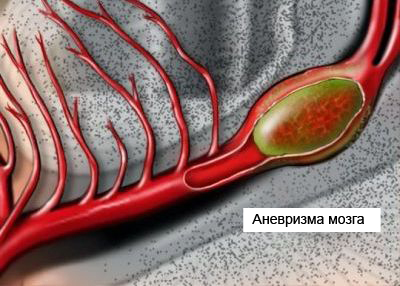Endovascular embolization
Description endovascular embolization
Endovascular embolization – procedure, performed for blood stasis, that prevents bleeding and rupture. It serves as an alternative to open operations.
Reasons for endovascular embolization
Using Endovascular embolization can treat many diseases, including:
- Aneurysm mozga – weakening of blood vessels in the brain, which can lead to bleeding and serious consequences;
- Arteriovenous malformations – abnormal connections between arteries and veins (usually, present at birth);
- Tumors.

Possible complications of endovascular embolization
If you plan to endovascular embolization, you need to know about possible complications, which may include:
- Bleeding;
- Weakness;
- Numbness or tingling;
- Speech disorders;
- Changes in vision;
- Confusion, memory loss;
- Convulsions;
- Infection;
- Reaction to the anesthesia or contrast agent;
- The formation of blood clots;
- Aneurysm rupture during surgery.
Factors, that may increase the risk of complications:
- Smoking;
- Obesity;
- High blood pressure.
How is endovascular embolization?
Preparation for the procedure
Before the operation can be carried out:
- Physical examination, blood tests and perform images of inside the body
- The definition of allergies, drugs taken, presence of other diseases or disorders, risks and benefits of the procedure.
Also:
- Arrange a ride home after surgery;
- On the night before the procedure, do not eat or drink;
- Consult your doctor about the drugs taken. A week before surgery you may be asked to stop taking some medicines:
- Anti-inflammatory drugs;
- Anticoagulants (blood thinners).
Women should inform the doctor, if they are pregnant or planning to become pregnant.
Anesthesia
General anesthesia will be used. It will block any pain and will support you in a state of sleep during surgery.
Procedure Endovascular embolization
Your doctor will monitor your blood pressure, heart rate and pulse. In hand for the introduction of sedation and anesthesia needle will be introduced. Nurse shave and sterilize the groin. In this area it will be inserted into the catheter.
The doctor makes a tiny incision in the groin area to access a vein. The catheter is inserted into a vein, and they brought to the place of endovascular embolization. Then the catheter is introduced contrast dye. The doctor will be able to see the catheter on the monitor. Roentgen (angiography) It will help the doctor determine the exact location of the weakened or abnormal areas.
Once the catheter is in the desired location, medicine, or artificial material is fed through a catheter in the problem area. This will clog blood vessels. Will be made shots, To make sure, that the blood vessels have been closed.
Immediately after treatment
The catheter and needle drip will be removed. You will lie still for 6-8 hours.
How long will the endovascular embolization?
30 minutes or more. Complex procedures may take several hours.
Endovascular embolization – Will it hurt?
Pain or soreness after the procedure is reduced with the help of pain medication.
The average time of hospital stay
This procedure is performed in a hospital. Typically, the length of stay is two days. If you have complications, you need to stay for a longer period.
Care after endovascular embolization
Care in a hospital
- You will rest for several hours in the House to restore;
- Will monitor vital signs.
Home Care
You can return to normal activities within a week. When you return home, Follow these steps:, to ensure the normal recovery:
- Rest for a few days;
- Clean the incision site with lukewarm water and mild soap. Using a soft cloth gently wipe the incision area and keep it dry;
- Ask your doctor about, when it is safe to shower, bathe, or to expose the surgical site to water;
- Take your medicines, as indicated by a physician;
- Follow all the doctor's instructions.
Contact your doctor after endovascular embolization
After discharge from the hospital need to see a doctor, If the following symptoms:
- Any changes in physical abilities (eg, imbalance, strength or coordination);
- Any changes in mental status;
- Weakness, numbness, tingling;
- Signs of infection, including fever and chills;
- Redness, edema, increased pain, bleeding or discharge from the incision;
- Headache;
- Changes in vision;
- Fainting;
- Pain, which does not pass after taking pain medication appointed;
- Nausea, vomiting;
- Problems control bladder and / or bowel;
We must immediately call an ambulance or go to the hospital, if any:
- Seizure;
- Shortness of breath or chest pain;
- Loss of consciousness.
